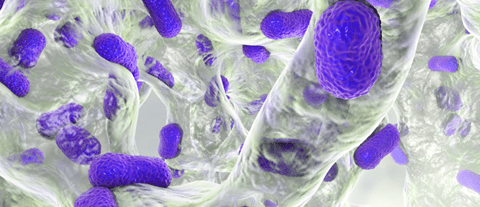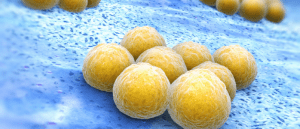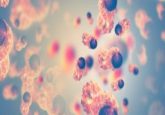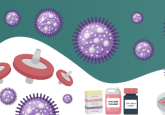Bacteria can adapt and overcome ‘last resort’ antibiotics

Refer a colleague
A hospital strain of Acinetobacter baumannii (A. baumannii) has enabled mechanistic insight into how antibiotic resistance develops.
Antibiotic resistance is named by the WHO as one of the biggest threats to human health and food security, globally. Superbug infections are unable to be treated by antibiotics due to the rise of antimicrobial resistance, and now, severe infections such as pneumonia, tuberculosis and salmonellosis that rely on ‘last resort’ antibiotic treatment are becoming more fatal as these antibiotics become less effective.
“Around the world, there are fewer and fewer new antibiotics being identified and produced for medical use – and this is compounded by the ever-increasing antibiotic resistance seen in bacterial strains causing infections,” commented Sarah Giles (Flinders University; Adelaide, Australia), the first author of a recent study looking at how a hospital strain of A. baumannii responds to the antibiotic colistin.
 See the light: treating bacterial infections with molecular machines
See the light: treating bacterial infections with molecular machines
Visible light-powered molecular machines physically disrupt bacterial membranes and could offer an efficient method to treat bacterial infection.
Not only does antimicrobial resistance increase mortality rates, but it also leads to longer hospital stays and increased economical strain on healthcare systems.
“If we can understand the bacterial mechanisms, such as this, we can potentially apply new therapies to treat patients – particularly those with multi-drug-resistant bacterial infections,” explained Giles.
The team used genome analysis to uncover 13 two-component signal transduction systems in the hospital strain of A. baumannii, and examined the StkR/S system in further detail. They discovered that a response regulator protein in this system acts as a repressor, and when removed via genome editing, many transcriptional changes are seen – some of which affect the composition of A. baumanii’s cell membrane, leading to colistin resistance.
“Colistin is known as a ‘last resort’ antibiotic and therefore identifying and understanding the mechanisms contributing to bacterial antibiotic-resistant is critical,” concluded senior author Melissa Brown. If these mechanisms of action to antibiotic resistance can be understood, there may be hope for developing prevention strategies.
Please enter your username and password below, if you are not yet a member of BioTechniques remember you can register for free.





